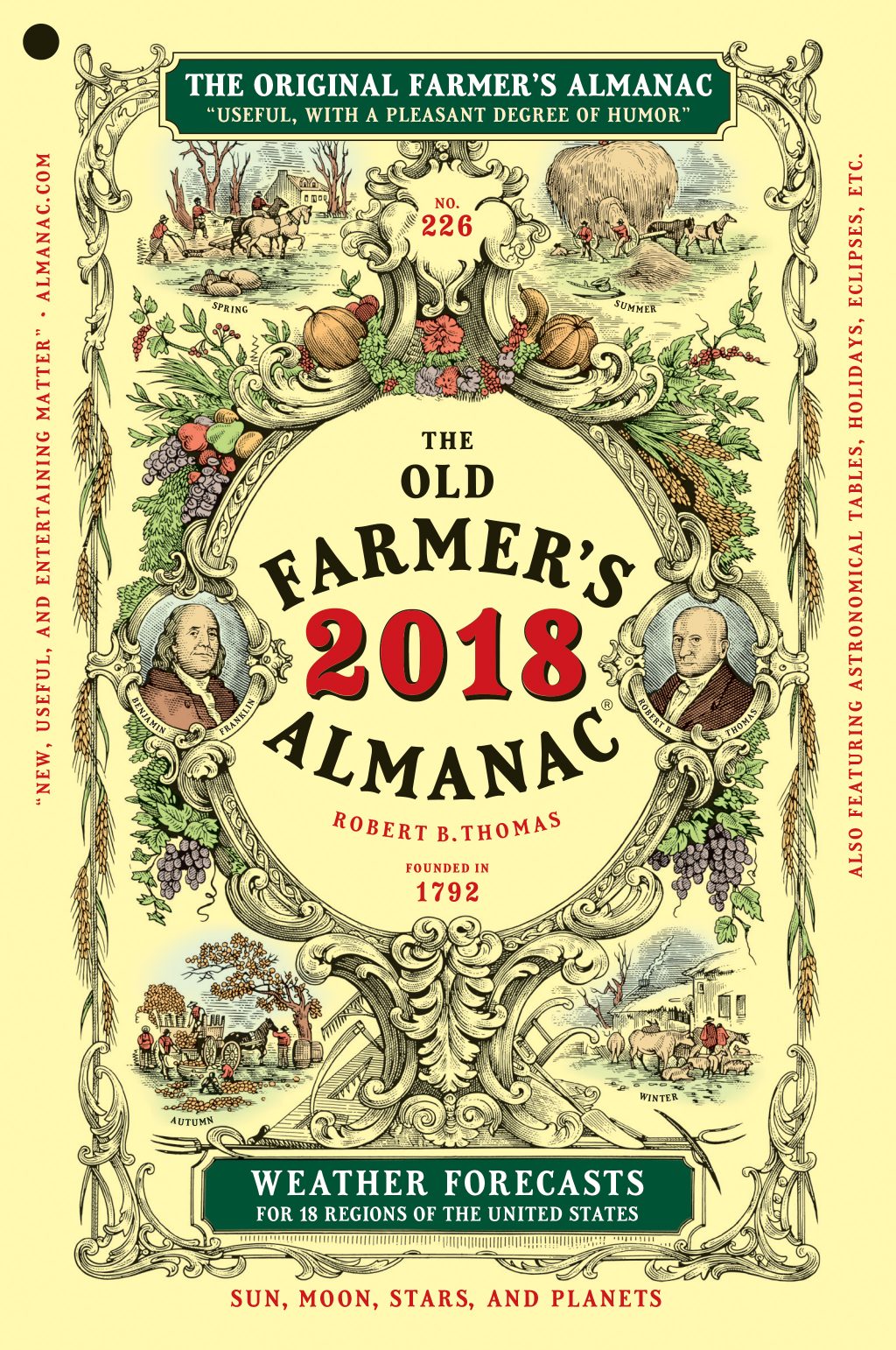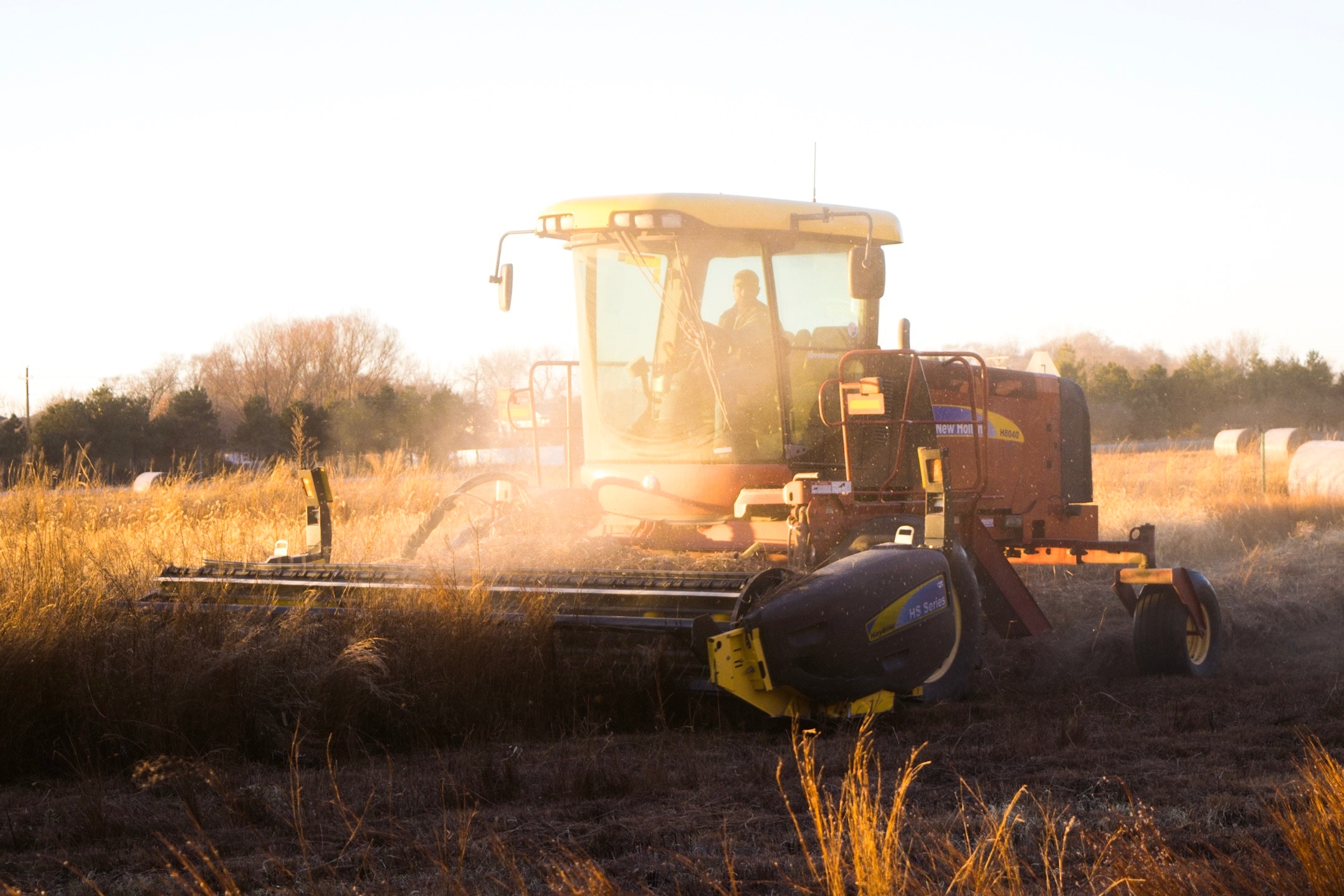Almanac Tracks Farming Trends and More [VIDEO]
2018 edition reports on farming’s changing face.

America’s farmers are getting a little more diverse.
About 90 percent of all farm operators in the United States are white. But according to the U.S. Department of Agriculture, the number of minority-operated farms nationwide rose 15 percent between 2007 and 2012. At the same time, the number of farms run by white operators declined five percent. Asian-Americans and Hispanic-Americans made up the fastest-growing segments of principal farm operators, with each group increasing by more than 20 percent. The USDA’s 2012 Census of Agriculture also shows that while fewer women were running farms, they made up more than 30 percent of all farmers.
The report also shows farmers are getting a little older. Their average age rose from 57 in 2007 to 58 in 2012. Despite that, the number of farmers aged 25 to 34 increased by more than two percent.
READ MORE FROM WDET: Michigan Farms Do More With Less
WHY FARMERS KEEP FARMING
To understand these changing demographics, the Old Farmer’s Almanac asked people why they took up farming. Contributing Editor Tim Clark says many left other fields to work the land.
“I think it’s still a holdover from the 1960s, when everyone wanted to go back to the land,” Clark says. “But what kept on was the notion of living a healthier lifestyle and making sure that the food that we eat is healthy.”
The almanac also asked people what they liked about farming, and what they didn’t.
“The hardest part was pretty easy–no money, no security, no vacations, long hours, bad weather, trouble with time management, and a lot of government regulations,” Clark says.
So what do they get out of it? Clark says it’s a tough life, but the people who choose it are richly repaid.
“The best parts had to do with one’s personal life,” Clark says. “Working outdoors, independence, working with members of your family, and with animals, seeing the results of your work, eating fresh food all the time, and just generally living a healthy life.”
INSIDE ONE OF THE NATION’S OLDEST PERIODICALS
The OId Farmer’s Almanac has been a staple of America’s agrarian culture and history since Robert B. Thomas published the first edition in 1792. It claims to be the nation’s oldest continuously-published periodical. The 2018 edition, number 226, is now out in stores. Besides giving farming and gardening advice, the little yellow book with the hole in the corner reports on popular consumer trends, lets readers know when and where solar and lunar eclipses will occur, and predicts the weather based on solar activity and historical patterns. Clark, who majored in folklore and mythology at Harvard, says the almanac relies on science and technology to make its long-range forecasts.
“People are often disappointed to find that we don’t use the number of acorns in the crop or how long the hair is on the cattle to determine what the weather’s going to be like,” Clark says. “Not that we don’t respect that. In fact, we love it.”
GROUNDHOG DAZE
Clark says the almanac’s staff also loves humor, and sharing stories they hope will amuse and entertain readers. For example, the 2018 edition attempts to answer the age-old question: “How much wood would a woodchuck chuck if a woodchuck could chuck wood?”
“We’ll never know, because they can’t,” Clark says, adding that woodchucks — also known as groundhogs — can’t predict the weather, either. But they can make a whistling sound to warn other groundhogs or summon their young. That’s why the animals have another name in Appalachia — whistlepigs.
THE ORIGINAL HAND-HELD DEVICE
Readers may enjoy reading such material in print, but as times and technology have changed, so has the almanac. It has a website, a Facebook page, a Twitter handle, and an Instagram account with almost 78,000 followers. It also offers a monthly “extra” edition for mobile subscribers. Tim Clark says it’s what founder Robert B. Thomas would have done.
“What he was trying to have for farmers was a hand-held device,” Clark says. “The Old Farmer’s Almanac was a small, convenient book that people could look at every day to determine what the weather was going to be like and what was, for those days, modern agricultural techniques.”
Click on the audio player to hear more.

